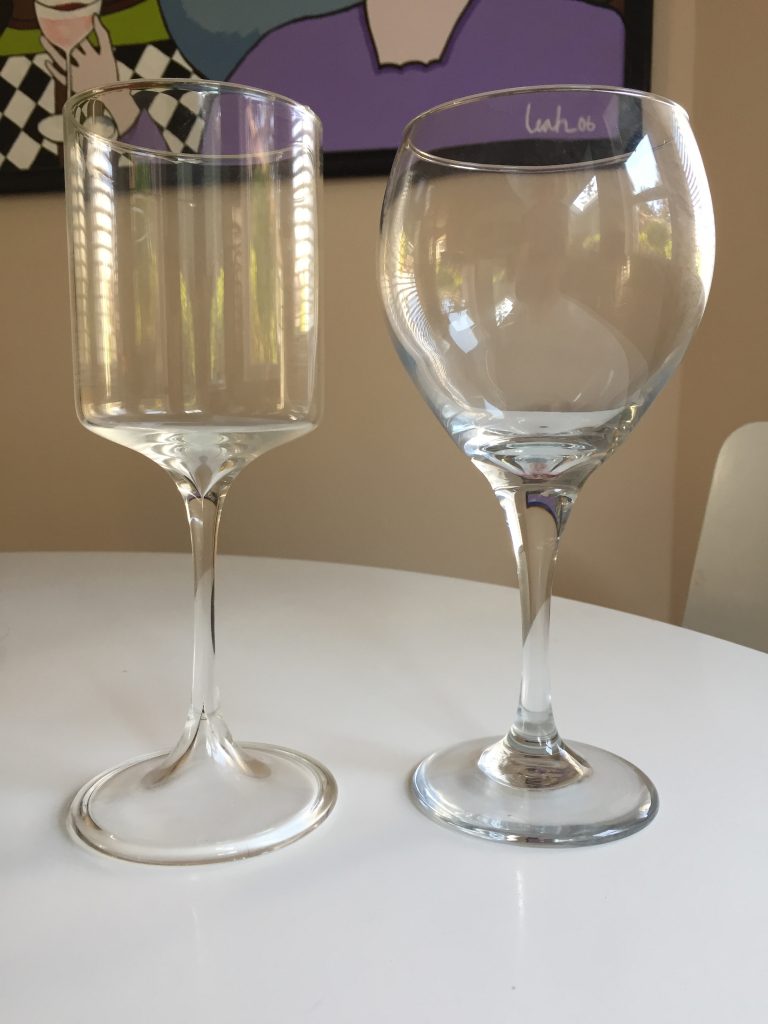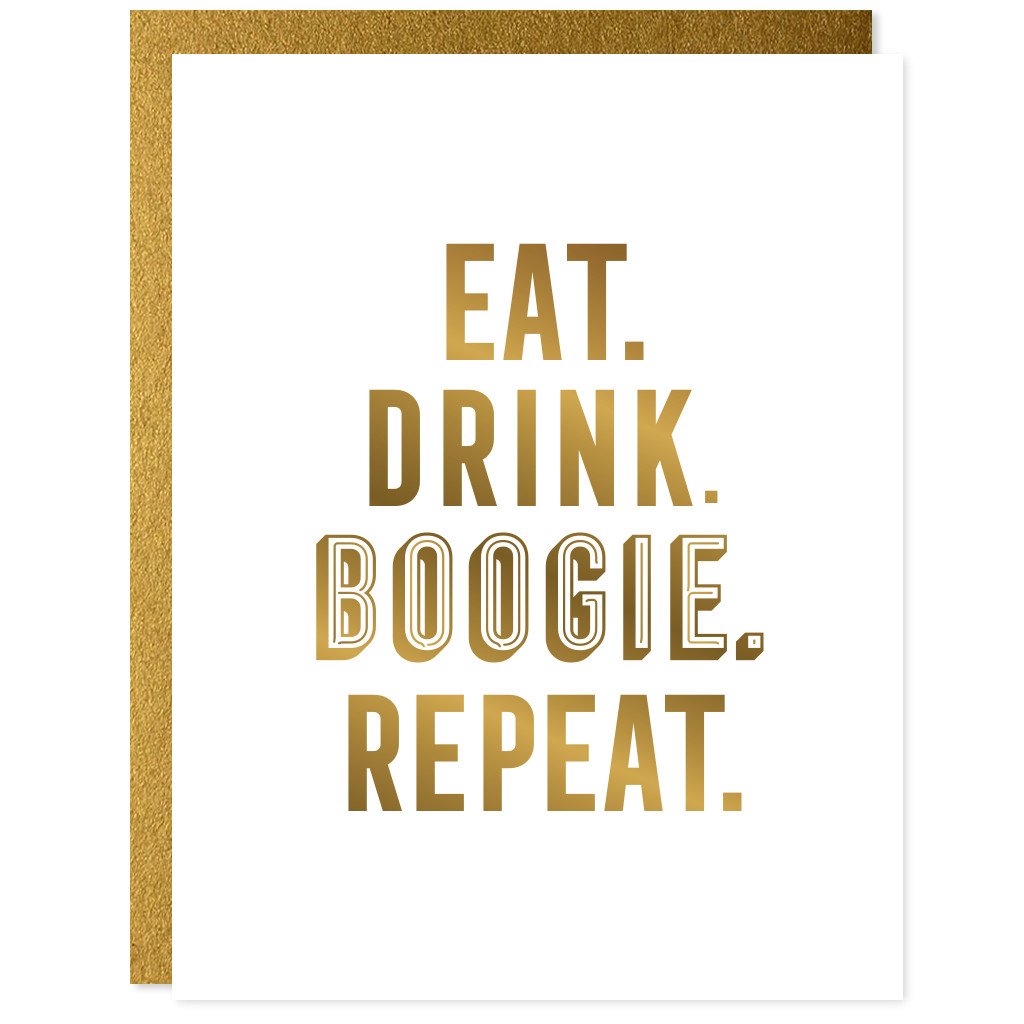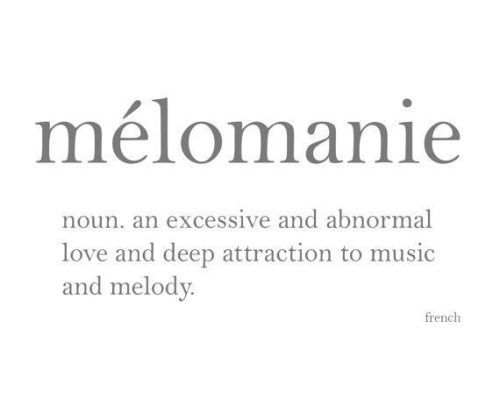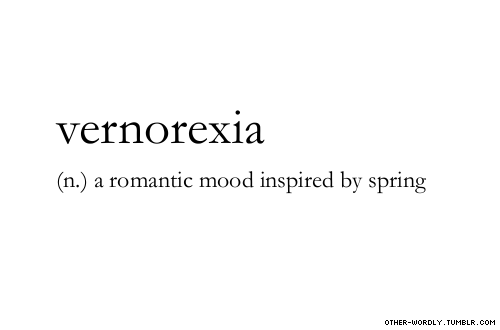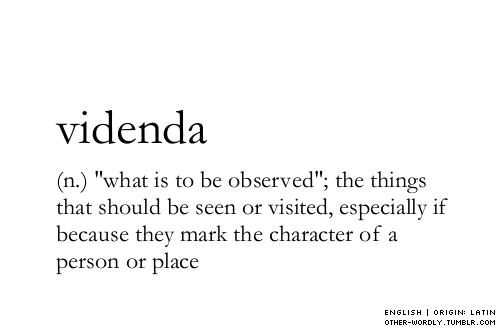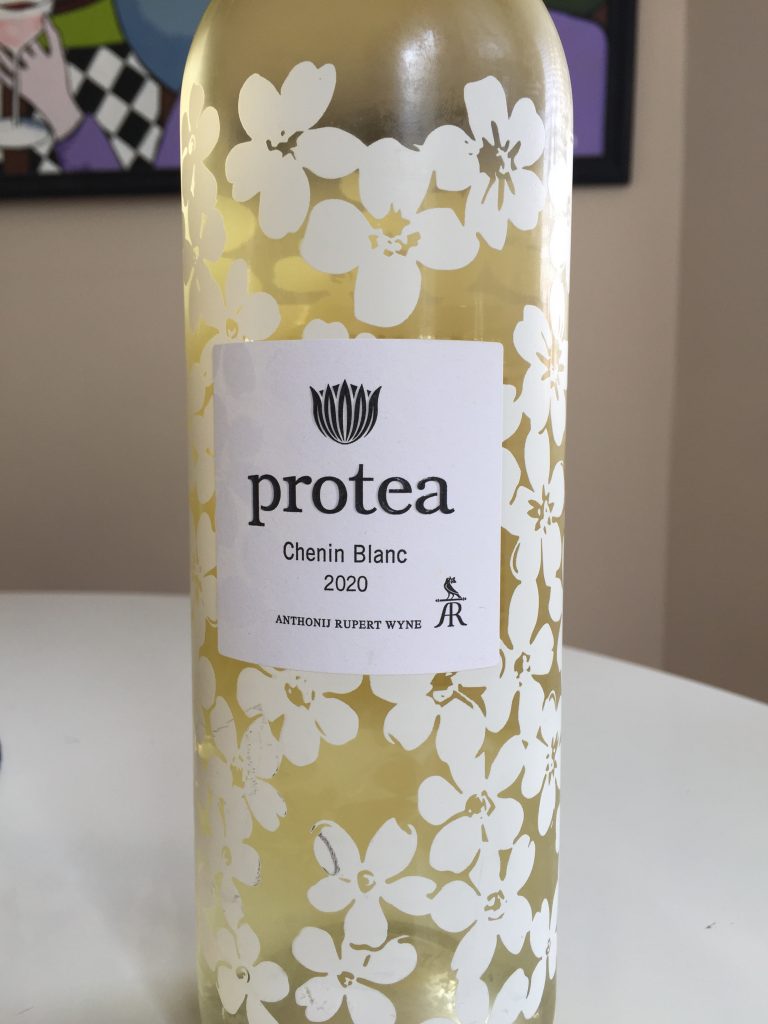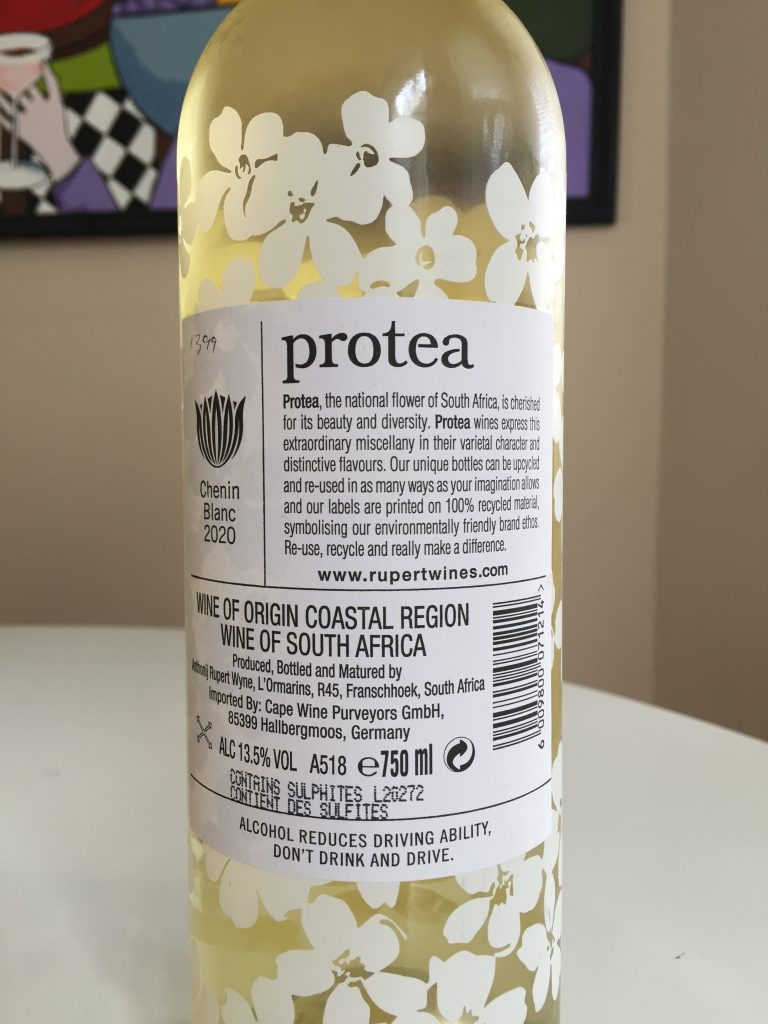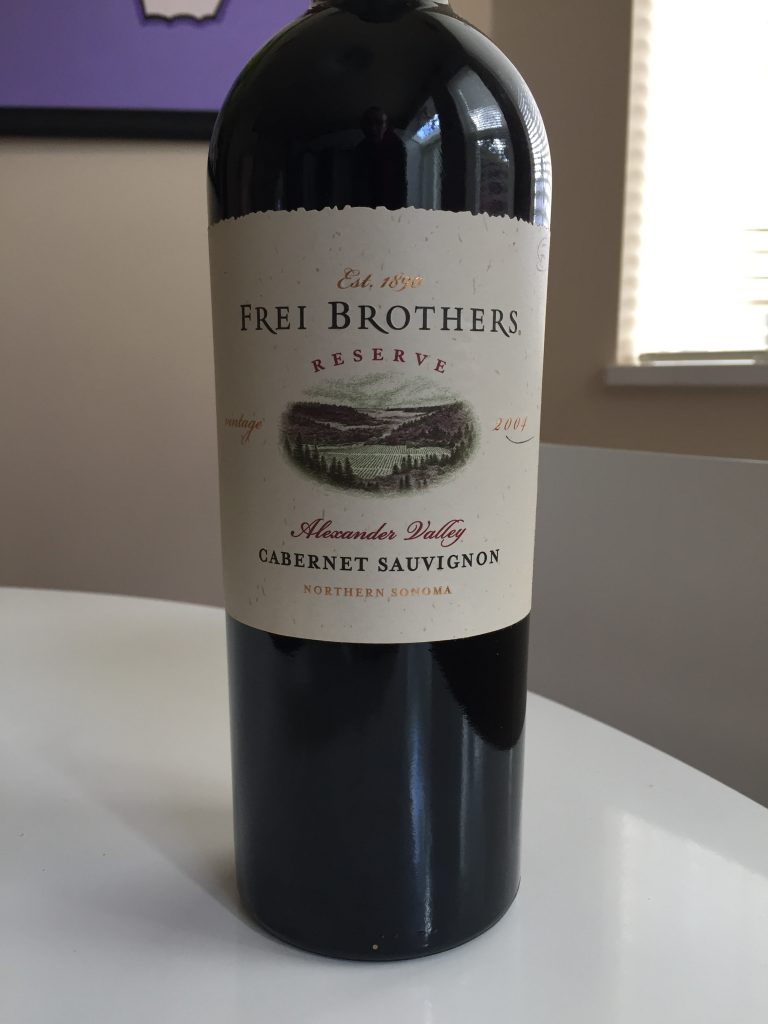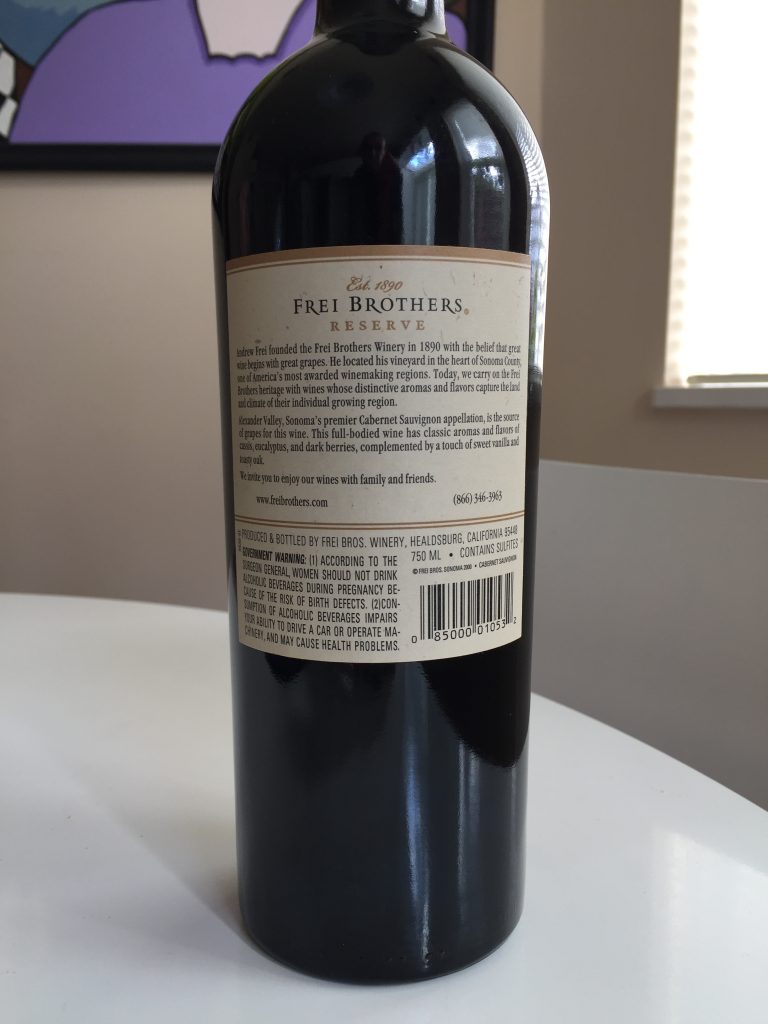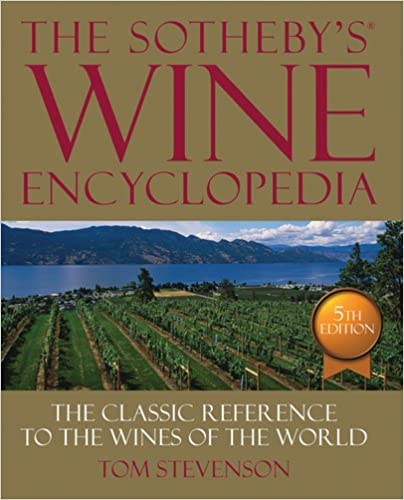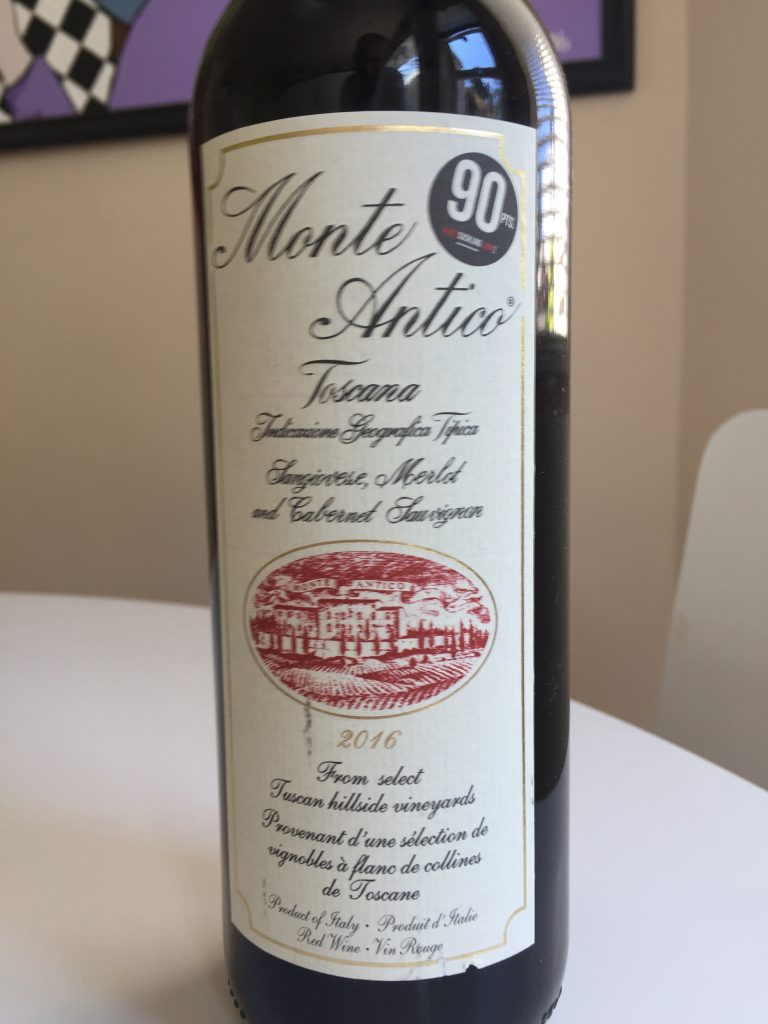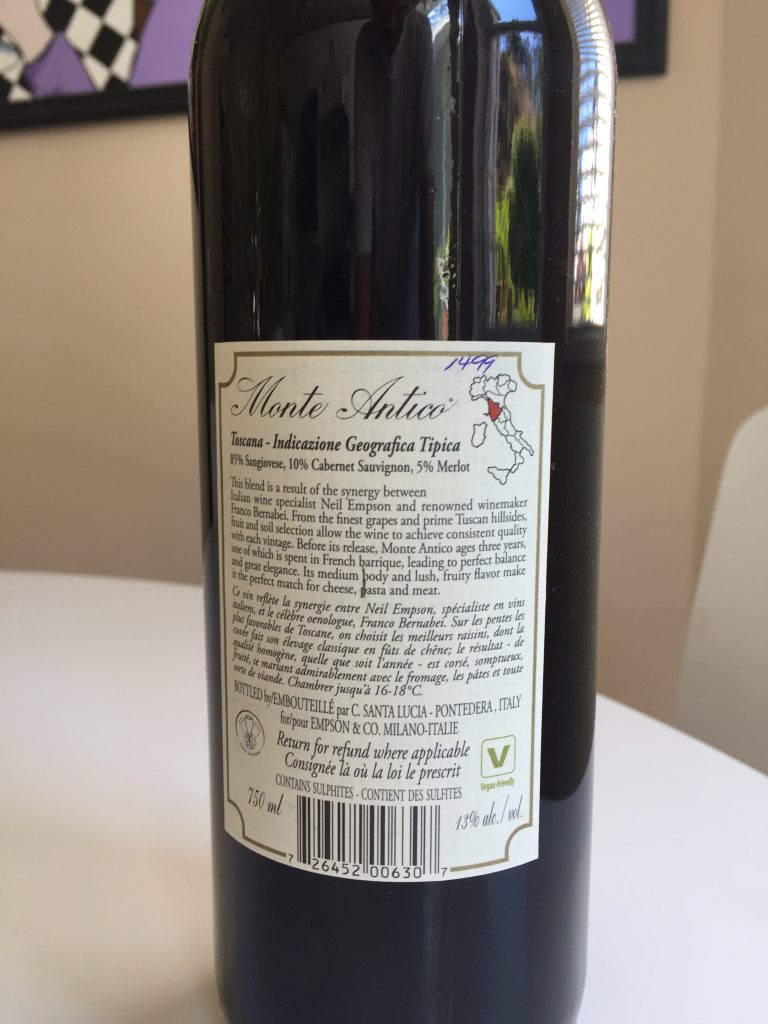 MERLOT
MERLOT
1,618 ACRES PLANTED (654 HECTARES)
Merlot is BC’s most planted grape. In most parts of the world, Merlot is renowned as having soft tannins and a lush, rich texture. In BC, for reasons linked to the unique climate, the structure of Merlot is completely different. It naturally produces more structured, higher tannin wines than in most parts of the world. BC Merlot will typically have a medium to full body, medium to high tannins and flavours that include black cherry, black plum, chocolate and floral violet notes. As in many parts of the world it is often blended with Cabernet Sauvignon and Cabernet Franc.
 PINOT NOIR
PINOT NOIR
1,331 ACRES PLANTED (538 HECTARES)
Pinot Noir has grown more rapidly in terms of acreage (79% between 2006 and 2014) than any other widely planted red grape as growers find it well suited to the BC terroir. Most of the plantings are in the central to north part of the Okanagan Valley as the hottest areas are mostly too hot for this early-ripening variety. Style wise, BC Pinot Noir tends to have both bright intense cherry, strawberry and raspberry fruit flavour as well as complex spice notes, along with medium tannins and high levels of acidity for structure. As a result, good quality BC Pinot Noir tends to age very well.
 CABERNET SAUVIGNON
CABERNET SAUVIGNON
853 ACRES PLANTED (345 HECTARES)
Cabernet Sauvignon in BC is best suited to the warmest sites, typically on the eastern side of the Okanagan Valley near Osoyoos or on the south-facing benches of Cawston in the Similkameen Valley. Typical Cabernet Sauvignon in BC has intense cassis and blackberry fruit, structured tannins and high acidity, with a notable dried sage or tobacco note. The wines from ripe vintages can age very well, often drinking well for more than a decade.
 CABERNET FRANC
CABERNET FRANC
719 ACRES PLANTED (290 HECTARES)
Cabernet Franc is increasingly making expressive, quality varietal wines, rather than its usual role as a blending grape in most of the world. It seems to have a particular affinity with the climate of the South Okanagan and Similkameen, producing wines with bright red fruit, ripe tannins, intense perfume and just a pretty hint of the herbaceous/tobacco character that can be overpowering in overly cool climates. In warm years it produces rich, structured wines yet in cool years it does not overly suffer from greenness, making it well suited to the BC climate.
 SYRAH
SYRAH
553 ACRES PLANTED (223 HECTARES)
BC has proven it is well suited to making intensely flavoured, cool climate Syrah and because of this BC Syrah is consistently named the top red wine in Canada in wine competitions. BC Syrah falls somewhere between the rich, riper style of warmer climate Australian wines and the medium-bodied, fresher, peppery wines of the northern Rhône Valley in France. BC Syrah is intense in fruit, gamey, floral and retains lots of black pepper notes.
 GAMAY NOIR
GAMAY NOIR
189 ACRES PLANTED (76 HECTARES)
Gamay plantings are only small in BC but it is gaining in popularity as it consistently produces high-quality wines. The momentum towards lighter, juicier red wines among a growing number of consumers is also helping Gamay’s popularity. A typical BC Gamay will be light in body and tannin with fresh juicy acidity, a silky texture and flavours of red berry fruit, cinnamon and minerality.
Courtesy: Wine Growers of BC
